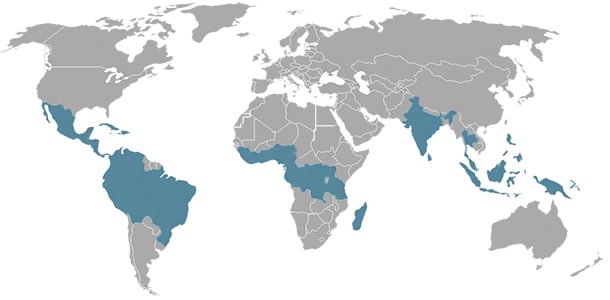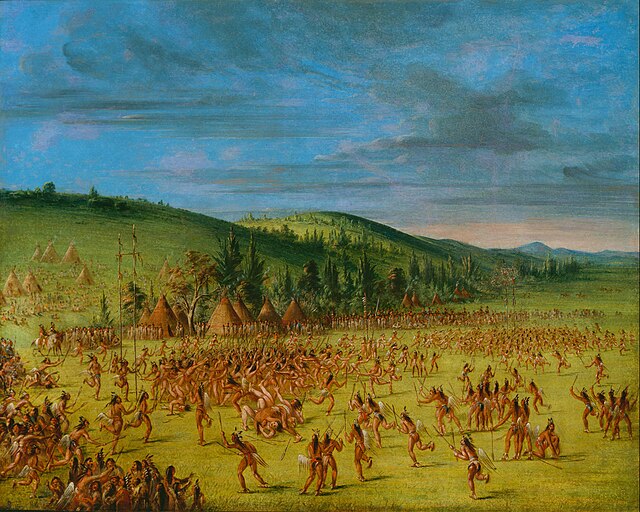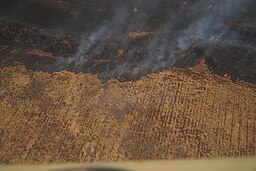It is time to start stockpiling your Kit Kats and Hershey’s Kisses. The world is beginning to run low on chocolate.
Due to factors including climate change, disease, aging farmers and aging cocoa trees, the production of chocolate is decreasing as its demand rises. As developing countries begin to consume more chocolate and its production decreases, farmers will turn to more profitable crops and chocolate prices will rise drastically.
Without a change in farming practices and contributions to climate change, Executive Director of the Natural Conservation Research Council John Mason told The Independent “In 20 years chocolate will be like caviar. It will become so rare and so expensive that the average Joe just won’t be able to afford it.”
Farming cocoa trees is already difficult due to how temperamental they are. They only produce seeds within 20 degrees north or south of the equator and require very specific weather conditions. Too much rain can ruin a cocoa crop.
This makes climate change an important issue to cocoa farmers. Increasing variation in temperature, disease and precipitation has made many farmers in Africa and South America switch to more reliable and profitable crops.
“People need to make the connection between climate change and the things they love like chocolate or breathing, then they will act,” said former owner of Elemental Chocolate Paul Mosca ‘93 to The Guilfordian. “The very large chocolate producers have been proactive. They like making chocolate and money.”
Disease is another prevalent issue among cocoa trees. Illnesses like blight and witches broom can wipe out the majority of a cocoa harvest in a matter of weeks.
“Cultivation of cocoa in monoculture is going to be more susceptible to pest and disease because it is not being allowed to grow in a diverse environment,” said Farm Manager Nick Mangili.
The chocolate company Nestle has been attempting to increase its chocolate suppliers’ productivity by using genetically modified cocoa plants that are disease-resistant and grow faster. Although genetically modified cocoa plants might be the best bet to produce enough chocolate for the world, they do not seem to be able to produce the incredible flavor.
“The bad news, however, is that its seeds taste lousy,” wrote Rebecca Rupp for National Geographic. “The kindest description of CNN-51 (a genetically modified species of cocoa plant) chocolate’s flavor is ‘flat.’ Less tactful critics compare it to rusty nails, vinegar, wood shavings and ‘acidic dirt.’”
Even though chocolate connoisseurs tend to be disgusted by the flavor of chocolate produced by CNN-51, most large companies that produce chocolate use lower-quality cocoa and sweeteners like sugar and vanilla to create the taste that the general population is used to.
It is unlikely that the average person would recognize the difference in the taste of candy bars produced with CNN-51 or with the finest cocoa.
“Folks have been warning we’re running out of chocolate since 2014 at least, and whiskey since 2015,” said Professor of English and chocolate fancier Heather Hayton. “All the good things.”
The practice of farming cocoa has not changed in years. Many cocoa trees are past their prime and have been producing less and less each year.
Without proper fertilization of soil or overturning of crops, the soil becomes impoverished. This makes growing cocoa even more difficult.
Cadbury and Mars are two chocolate companies attempting to create a sustainable chocolate industry. Both companies are training their farmers in sustainable agriculture and are mapping the genome of the cocoa bean.
For all of you who still want a giant heart-shaped box of chocolate on Valentine’s Day, there may yet be a genetically modified species of cocoa plant that retains the rich flavor of craft chocolate, and that can revive the chocolate industry.













